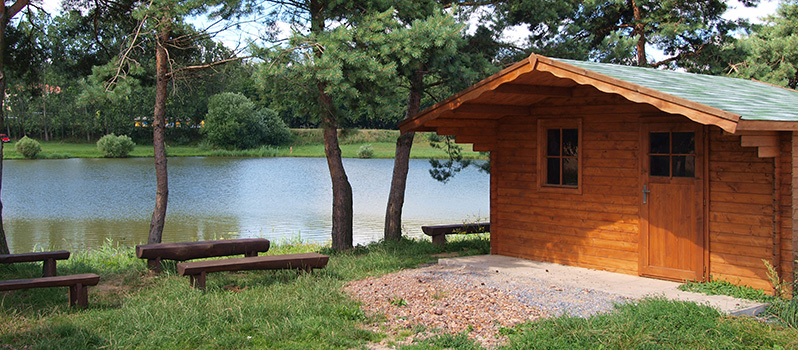
Insuring Seasonal Properties
By Greg Gonnering, Vice President of Mutual Assistance
Having a secondary home for vacations, weekends or anytime you need to get away is a dream of many. While it may have appeal for insureds, it isn’t as appealing to insurers. Calamities such as snowstorms, wildfires, fallen trees, frozen pipes and thefts can occur, which translates to potential difficulties in providing proper coverage and a greater risk to your mutual.
Inspections Are Key
Insuring a seasonal property all starts with a proper inspection. These inspections should be detailed and include internal and external photos. We recommend that seasonal properties be inspected every three years and that you pay close attention to:
Property
- Does the home have gutters? Are they clean and free of debris and does water flow away from the property?
- Does the home have proper freeze shut-off valves for all exterior spigots?
- What type of heating system does the property have? If it is propane, are they on a refill program?
- Does the thermostat allow for notification of temperature?
- Does the roof show any signs of sagging or missing shingles?
- If a chimney exists, does it have a chimney cap and is it in good condition with no cracks?
- Is the property in an area that is easily seen from the roadway?
- Where is the nearest fire department?
- Is there a crawl space or a basement? If so, is there a sump pump and is it operational?
- Are there any signs of cracks or shifts in the foundation?
- Is there an excessive amount of clutter inside or outside the home?
- Is there a fire pit near the dwelling? If so, is it at least 50 feet away and installed correctly?
Liability
- Does the dwelling have proper steps and railings and are they showing any signs of fatigue?
- What type of lighting surrounds the property?
- Are there any cracks or heaves in the driveway or walkway?
- Is the property near a lake and if so, is the dock safe and is the area well- lighted?
- Who has access to the property?
- How often does the homeowner visit or stay?
Seasonal properties are more susceptible to larger losses due to the insured not always being at the location. In today’s environment, additional safety measures can help prevent a loss. Protections you can request or verify prior to writing include:
- Water Detection Sensors: Water sensors detect the presence of water and when placed in locations where water should not be present, they can detect a leak. When Wi-Fi is enabled, the sensor can send a notification to the homeowner through a smartphone app.
- Intrusion Detection System (IDS): Having a visible detection system on the outside of the home can greatly reduce the chances of the home being burglarized. A live video feed is the best option.
- Fire Alarm Monitoring System: With fire alarm monitoring, the system is connected to the fire department. When smoke or fire sets off a fire alarm, a message is sent to the central monitoring station where an operator immediately notifies the appropriate local fire department.
While the risk is greater with seasonal properties, having a proper inspection and underwriting approach will enable you to greatly reduce that exposure.
